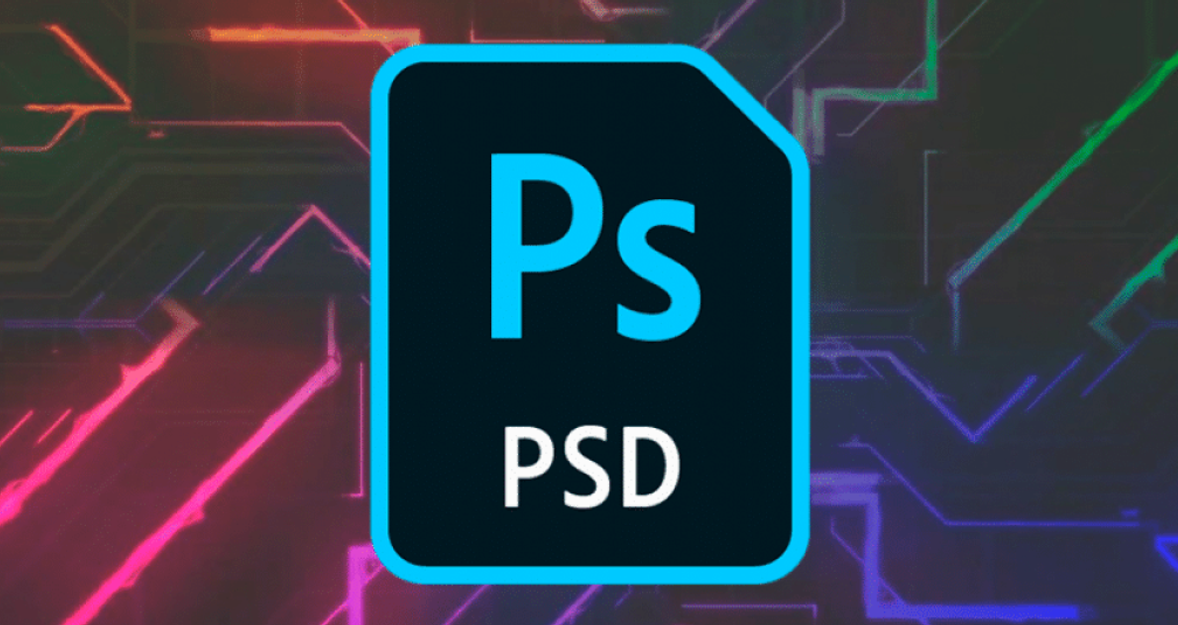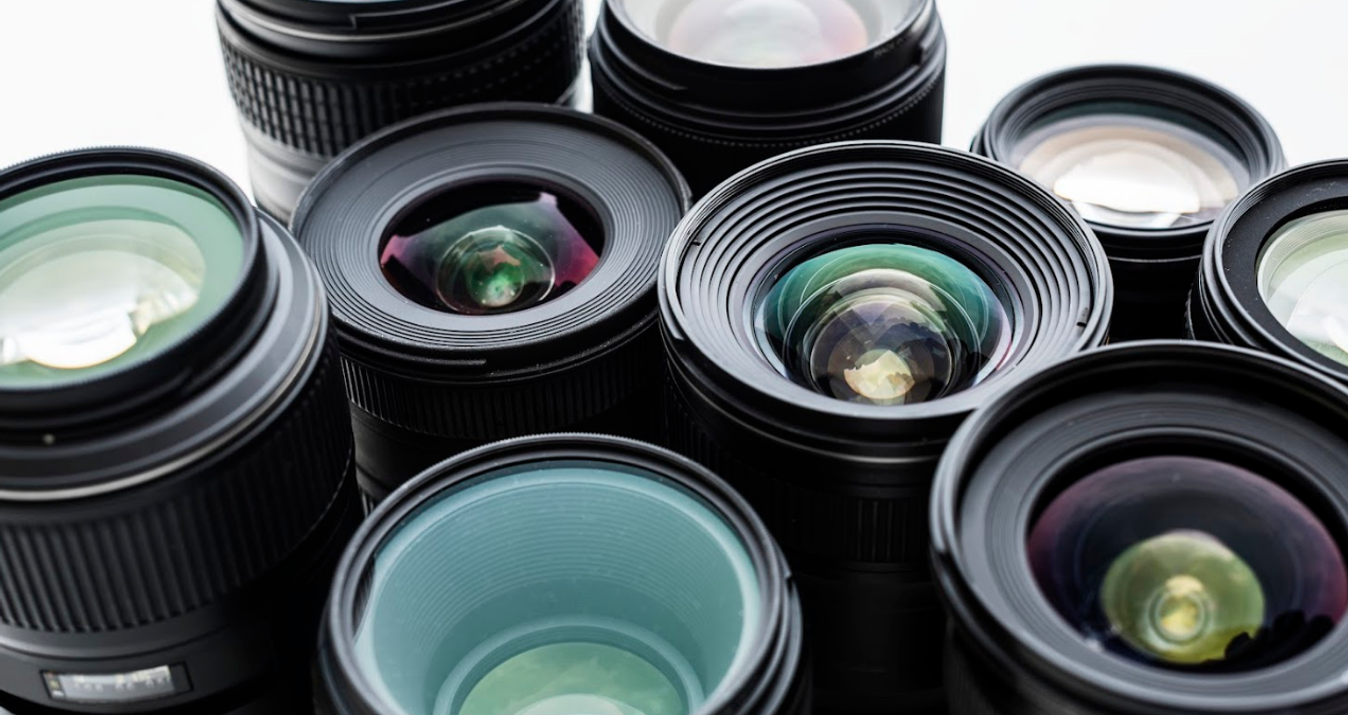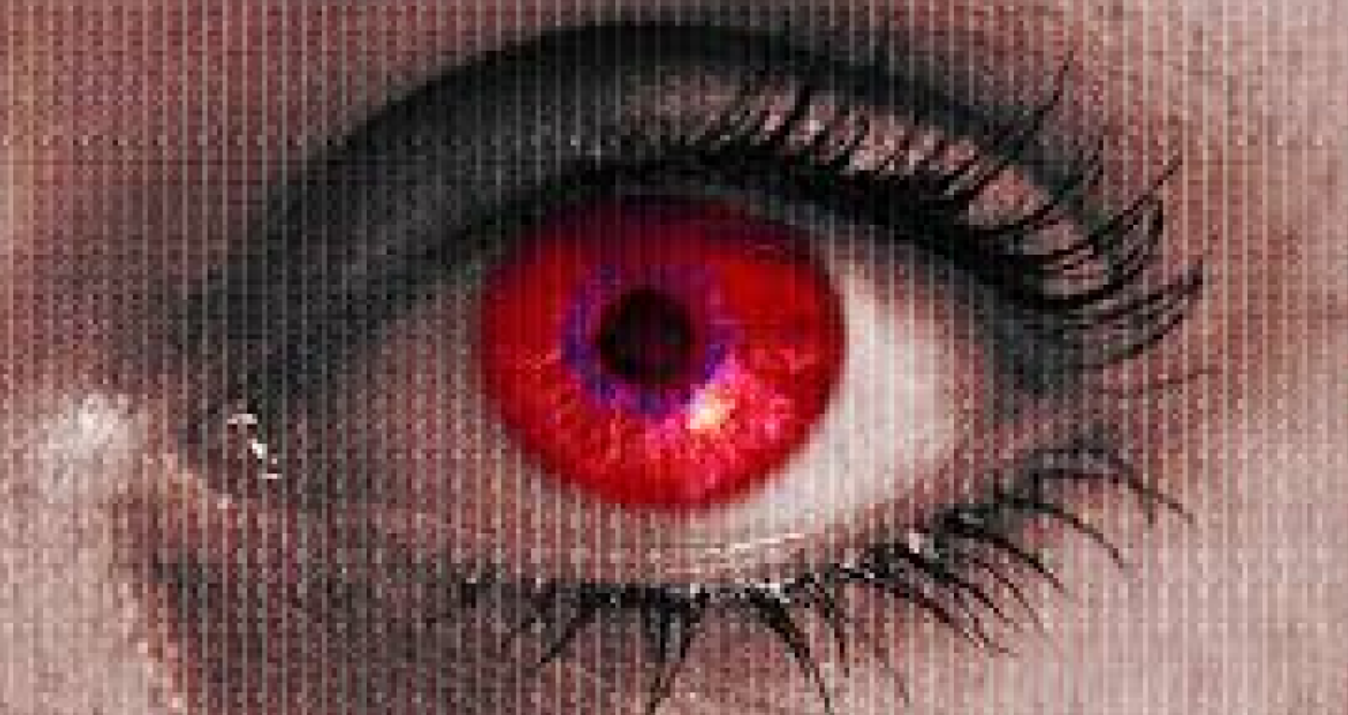What Is PSD: A Complete Guide To Photoshop File Format
October 22, 2025

PSD is Photoshop’s working file and a designer’s safety net. It lets you tweak one thing without breaking the rest.
A PSD is the place I go when a picture needs to keep working parts intact. It is Photoshop’s native document format, and it stores layers, masks, text, smart objects, and adjustment data in one file. That means you can change a single retouch layer, update type, or swap a background without rebuilding the whole image.
This guide explains what a PSD is, the real-world ways pros use it, the practical pros and cons, platform-specific opening tips, and hands-on steps for making one that travels across teams. There is no fluff, only precise examples I’ve used on shoots and client jobs.
What Is a PSD File

Photoshop Document, or PSD, is a layered image file created by Adobe Photoshop that preserves every editing decision.
When I open such a file, I see not only pixels but the structure: separate layers for cleanup, color grades, text blocks, and masked objects. That structure is what answers how to use PSD file workflows: designers use layers to build modular compositions; photographers use them to separate retouching from color; and teams hand off editable assets rather than flattened images.
A PSD can also hold smart objects, enabling repeated elements like a logo or texture to update across multiple places at once. For any repeatable or collaborative image work, a Photoshop document is the native working file.
What Are PSD Files Used for
Professionals use PSDs when they need flexibility and iteration. They are the default for mockups, multi-layer composites, packaging design with dielines, complex retouching that must be revisited, and any asset set that will be exported in multiple sizes or crops. A packaging brief I worked on shipped as a layered PSD, so the copywriter could change product names on a text layer and a printer could export press-ready TIFFs without touching the artboard.
Digital Design
 In digital design, PSDs are a staging ground for layout, assets, and export rules. A web designer will keep grid guides, pixel-perfect components, and layered UI elements that developers export as PNG or SVG. When you need extra features beyond basic pixel edits, plugins can level up your workflow and automate repetitive tasks.
In digital design, PSDs are a staging ground for layout, assets, and export rules. A web designer will keep grid guides, pixel-perfect components, and layered UI elements that developers export as PNG or SVG. When you need extra features beyond basic pixel edits, plugins can level up your workflow and automate repetitive tasks.
Designers who want to expand Photoshop without buying every tool should check curated lists of the best free Photoshop plugins. In one recent landing page project, I organized exportable button layers and used a size-and-slice plugin to produce all responsive assets faster.
Photography Manipulation
 For photographers, PSDs preserve an edit history that a single JPEG cannot. I separate color grading, dodge and burn, frequency separation, and sharpening into distinct layers. That approach made a difference in a client portrait: the retoucher could soften skin on one layer, and I could tweak the color grade on another without losing the original tone.
For photographers, PSDs preserve an edit history that a single JPEG cannot. I separate color grading, dodge and burn, frequency separation, and sharpening into distinct layers. That approach made a difference in a client portrait: the retoucher could soften skin on one layer, and I could tweak the color grade on another without losing the original tone.
When you need precise cutouts and background swaps, modern tools can speed the process, especially for complex edges like hair. If you want fast, AI-assisted background separations that integrate into a layered workflow, explore tools specialized in masking photos.
Pros and Cons of PSD Files
 PSDs bring real strengths but also real trade-offs. They are the right tool when you need reversibility, but they can trip you up in collaboration or storage.
PSDs bring real strengths but also real trade-offs. They are the right tool when you need reversibility, but they can trip you up in collaboration or storage.
Advantages of PSD Files
Layered Photoshop documents keep edits non-destructive, which means you can revisit any decision. They support high bit-depth color for print, preserve vector shapes and editable type, and host smart objects that update globally.
For teams, a well-structured PSD reduces rework: one photographer provided a layered document with clearly named groups: Background, Color, Retouch, Type, and the marketing team produced social variations in minutes. If you want cleaner collaboration without Photoshop’s learning curve, consider modern suites that offer layered export and easier onboarding; some of these act as a custom picture editor and can slot into a PSD-centered process.
Disadvantages of PSD Files
PSDs can be large and unwieldy. Layered files balloon in size with multiple smart objects and 16-bit channels, which complicates sharing and backup. Compatibility is another issue. Some programs open layered Photoshop files but flatten smart objects, or they translate layer effects imperfectly.
Version control can fall apart if people save filenames inconsistently. I once received a PSD with thirty unnamed layers and no notes. Recovering what each layer did took longer than redoing the edit. A few simple habits, such as naming layers, grouping logically, and keeping a notes layer, prevent that.
How to Open a PSD File
Opening a PSD varies by platform and whether you have Photoshop. Full fidelity comes only in Photoshop, but practical alternatives exist depending on your goal: preview, basic edit, or full layered work. If you only need to view or export flattened assets, many apps and viewers will do that. Collaborative teams that cannot standardize on Photoshop should choose tools that preserve stacks and check how they treat smart objects and adjustment layers.
Windows
On Windows, Photoshop opens layered image files with complete fidelity. But if you do not have Photoshop, you can still work with PSDs. If you need to know how do I open a PSD file without Photoshop, pick an app that supports layers, such as Affinity Photo or Photopea (browser-based). These applications will let you view masks and most layer styles, though some Photoshop-only features may rasterize. 
For workflows that begin with camera files, consider editing RAW files in a dedicated RAW editor before bringing the results into a layered PSD. That’s why I often pair graphic design work with tools to edit RAW images, so the pixel base that goes into the PSD starts at the best quality.
macOS
On macOS, Preview provides only a flattened preview. If you want to keep layers, apps like Affinity Photo and Pixelmator are strong alternatives and can open many PSDs while preserving masks and vector shapes. If your goal is to edit a PSD file without Photoshop while keeping a near-Photoshop workflow, test the file first to see whether smart objects and adjustment layers survive the import. 
For users who prefer an alternative that blends AI-assisted enhancements and layer export, try a modern editing suite that can complement PSD-driven workflows by handling some edits outside Photoshop and exporting high-quality assets.
How to Create and Edit a PSD File
 Creating a PSD starts with structure and naming. Such a file is not only about pixels; it is about the organization.
Creating a PSD starts with structure and naming. Such a file is not only about pixels; it is about the organization.
Start with a clear layer plan. Create groups named by function: Background, Retouch, Color Grade, Type, Exports.
Use adjustment layers for global changes. They keep color work non-destructive and are easy to toggle.
Convert repeatable elements to smart objects. I put logos and textures into smart objects so they can be replaced and updated globally.
Keep a notes layer. A single text layer describing the file’s purpose and fonts saves hours for the next person.
Save incremental versions like project_v01.psd and project_v02.psd so you can roll back when needed. Export flattened PNGs or JPGs for quick previews so collaborators can comment without opening Photoshop. Finally, archive finished PSDs in cloud storage and add a short README describing fonts and color profiles.
Your AI-Powered Photo Editor for MacOS and Windows
Discover Now!Wrapping Up
A PSD is the working blueprint of an image. Use it when you want control, reversibility, and the ability to hand off editable parts to teammates. Keep files tidy, use smart objects when elements repeat, and separate grading from retouching, so edits remain modular. If Photoshop is not an option, there are capable alternatives that preserve most of the layered Photoshop files features and modern tools that automate masking and RAW processing.
Once you understand how to make PSD files the right way, with clear structure and consistent layers, you’ll find your editing process faster and more reliable. With a little structure and the right tool choices, PSDs remain the most practical way to carry a project from camera to final assets.





